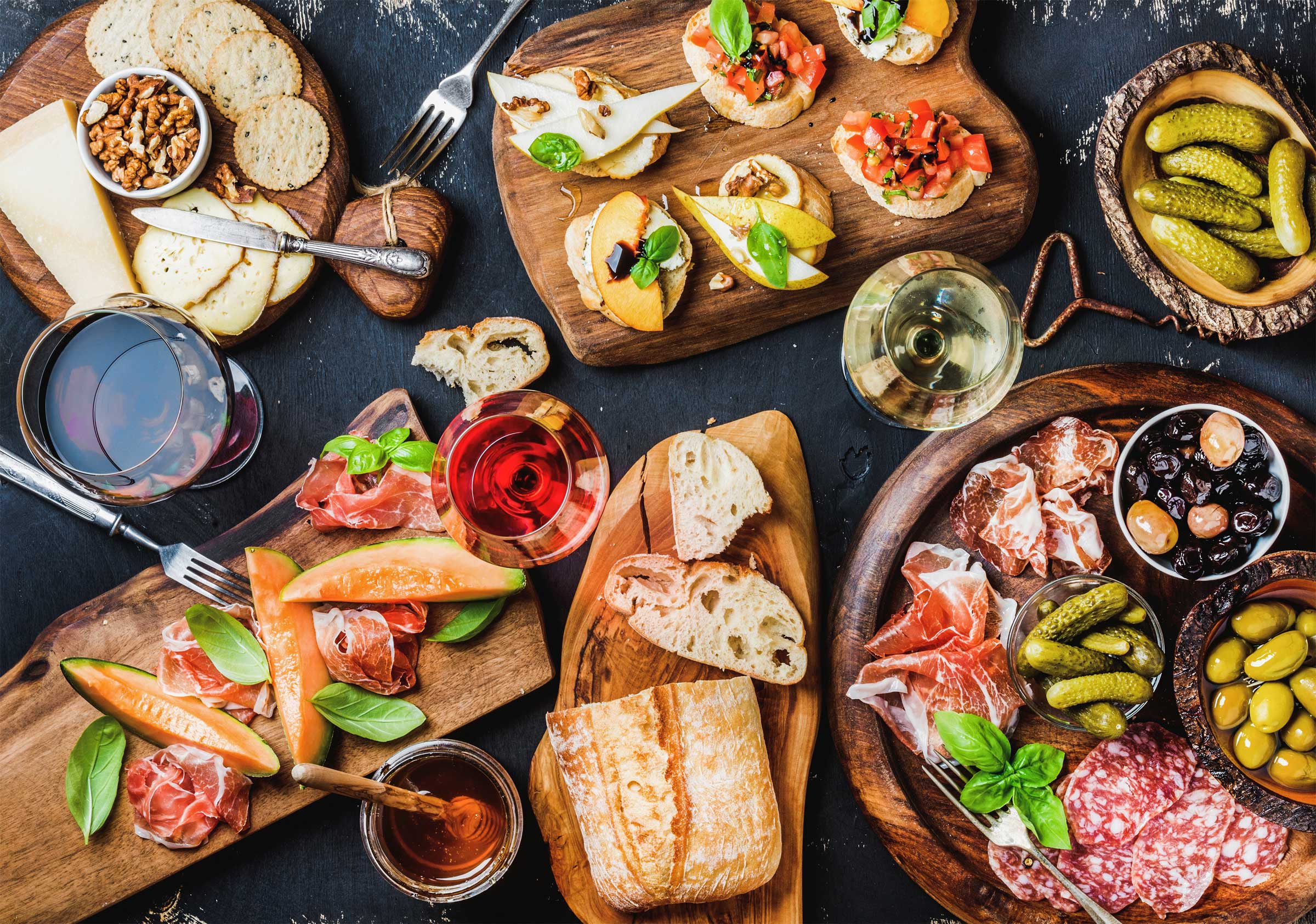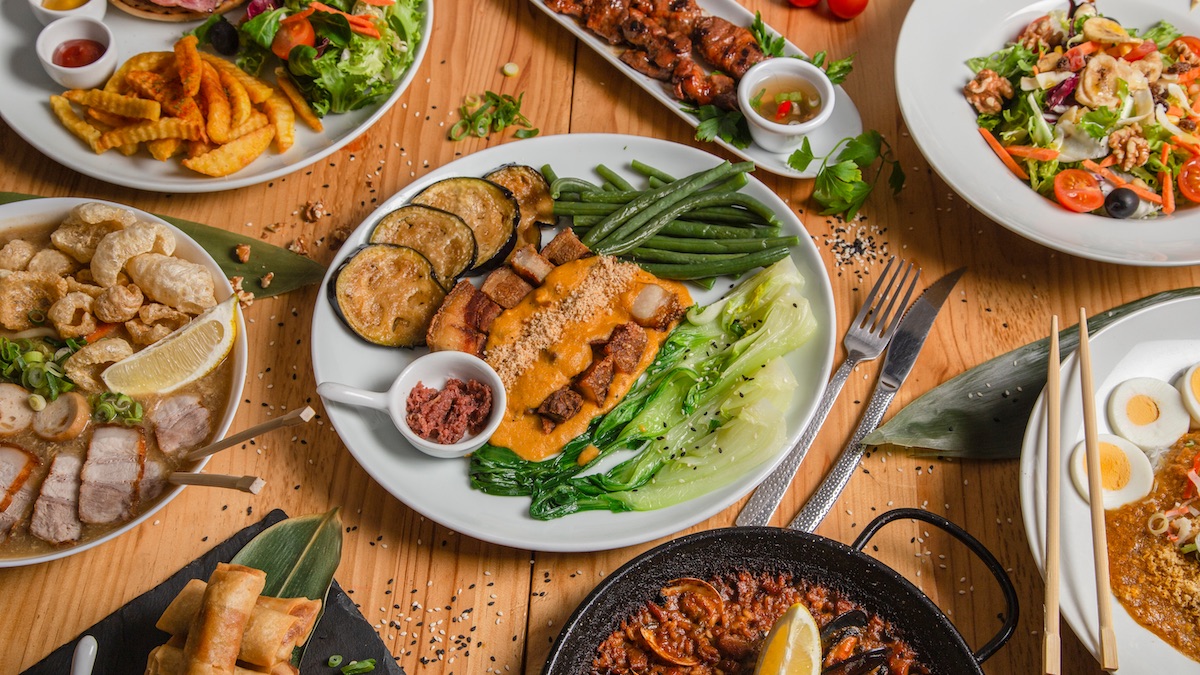Food Truck Under 5000: The Ultimate Guide to Launching Your Mobile Culinary Dream on a Shoestring Budget pickup.truckstrend.com
The dream of owning a food truck often conjures images of gleaming stainless steel, custom wraps, and a fully equipped commercial kitchen on wheels. However, this dream usually comes with a price tag that stretches well into the tens or even hundreds of thousands of dollars, placing it out of reach for many aspiring culinary entrepreneurs. But what if there was another way? What if you could launch a mobile food operation for under $5000?
This article dives deep into the realm of "Food Truck Under 5000," not as a fantasy, but as a challenging yet achievable reality for the resourceful, determined, and highly strategic individual. While a traditional, fully-loaded food truck is certainly out of this budget, we will explore how to build a functional, compliant, and profitable mobile food unit – often a food cart, small trailer, or highly minimalist van conversion – that allows you to test your concept, build a customer base, and potentially scale up later. This isn’t about cutting corners on quality or safety, but about maximizing every dollar, leveraging DIY skills, and focusing on a lean, hyper-niche operation.
Food Truck Under 5000: The Ultimate Guide to Launching Your Mobile Culinary Dream on a Shoestring Budget
The Reality Check: Can You Really Do It?
Let’s be upfront: acquiring a traditional food truck for under $5000 is virtually impossible. The vehicle alone, even a well-used one, typically costs more than that, not to mention the extensive build-out, commercial-grade equipment, and permitting required.
However, the term "Food Truck Under 5000" can be redefined. It refers to a mobile food unit that operates on a minimal budget, often a:
- Food Cart: A pushcart or bicycle-powered cart, perfect for simple, low-prep items like hot dogs, coffee, or pre-packaged snacks.
- Small Utility Trailer Conversion: An enclosed or open utility trailer bought used and minimally converted for specific food preparation.
- Highly Minimalist Van Conversion: An older, small van stripped down and outfitted with only the absolute essentials for a very niche menu.
- Pop-up Tent/Table Setup: While not a "truck," this is the ultimate low-cost mobile food solution for farmers’ markets or private events.

The key to succeeding with this budget is a combination of extreme resourcefulness, a very focused menu, a willingness to do significant DIY work, and a thorough understanding of local health and vending regulations. This isn’t just about saving money; it’s about building a sustainable, scalable business model from the ground up.
Defining Your "Food Truck Under $5000" Concept
Before you spend a single dollar, clarity on your concept is paramount. Your budget will dictate what you can realistically achieve.
-
Niche Selection & Menu Simplicity: This is your most powerful tool.
- Think small, think specialized: What can you make with minimal equipment and prep space? Examples:
- Gourmet Hot Dogs/Sausages: Requires a griddle, cooler, and basic prep.
- Specialty Coffee/Tea: A small espresso machine or pour-over setup, coolers for milk.
- Pre-made Sandwiches/Wraps: Assembly only, focus on quality ingredients.
- Simple Desserts: Cookies, cupcakes, ice cream (if pre-packaged or scoopable).
- Basic Tacos/Nachos: Limited ingredients, a small griddle for heating tortillas/meat.

- Limited Ingredients: Fewer ingredients mean less storage space, less spoilage, and simpler inventory management.
- Minimal On-Site Cooking: Focus on assembly, reheating, or very basic cooking processes. Complex frying or extensive cooking is likely out of scope due to equipment and ventilation needs.
- Think small, think specialized: What can you make with minimal equipment and prep space? Examples:
-
Operational Scope:
- Target Locations: Farmers’ markets, private events, local festivals, corporate catering (small scale), pop-ups at existing businesses. High-traffic street vending in major cities often has prohibitive permit costs.
- Volume: Expect lower volume initially. Your setup will likely support a one-person operation or two people working very efficiently.
-
Vehicle Type (Realistic Options):
- Used Utility Trailer: Look for a sturdy 6×8 or 5×10 enclosed trailer on Craigslist or Facebook Marketplace. These can often be found for $1500-$3000. You’ll need to add basic insulation, a counter, and equipment.
- Used Small Van/Cargo Van: An older Ford Econoline, Chevy Express, or similar small cargo van can be converted. Look for one in good running condition (mechanically sound is more important than aesthetics) for $1000-$2500. This requires significant DIY to add counters, storage, and possibly a sink.
- Food Cart/Bicycle Cart: The most budget-friendly option. A basic hot dog cart or custom-built bicycle cart can be constructed or bought used for $500-$2000. These are highly specialized.

Sourcing Your "Vehicle" and Equipment on a Shoestring
This is where your resourcefulness truly shines. Every dollar saved here is a dollar that can be invested elsewhere.
-
Vehicle Acquisition:
- Online Marketplaces: Craigslist, Facebook Marketplace, local classifieds are your best friends. Be patient and ready to act fast when a good deal appears.
- Auctions: Government surplus auctions or public auctions can sometimes yield cheap vans or trailers, but inspect thoroughly.
- What to Look For: For trailers, focus on the frame, axle, and tires. For vans, prioritize engine and transmission health over cosmetic issues. A pre-purchase inspection by a mechanic is a wise investment, even on a cheap vehicle.
-
Kitchen Equipment (Minimalist & Used):
- Restaurant Liquidations/Auctions: Businesses closing down often sell equipment for pennies on the dollar. Keep an eye out for these.
- Online Used Equipment Dealers: Websites like WebstaurantStore’s used section or local restaurant supply liquidators.
- eBay/Facebook Marketplace: Search for "commercial kitchen equipment," "restaurant equipment," or specific items.
- Essential Equipment (Focus on Multi-purpose):
- Cooking Surface: Small propane griddle/burner ($100-$300 used).
- Refrigeration: High-quality coolers for ice and cold holding ($50-$200). A small used chest freezer can be converted to a refrigerator with a temperature controller, but power is an issue.
- Water System: Portable 5-gallon water jugs for potable water, a similar size for grey water. A hand pump or small 12V electric pump for a basic sink setup ($50-$150).
- Sinks: At minimum, a portable hand-washing station. Ideally, a basic 3-compartment sink (could be DIY from large plastic tubs) for washing, rinsing, and sanitizing. Check local health codes! ($50-$200 for DIY materials).
- Power: Small portable inverter generator (Honda EU series are quiet but expensive; cheaper alternatives available) or a battery pack for lights and small appliances ($200-$500).
- Propane: Tank and regulator for cooking ($50-$100).
- Storage: Plastic bins, shelves for dry goods and non-food items.
- Prioritize Food Safety: Ensure all surfaces are cleanable, food-grade, and equipment can maintain proper temperatures.
Navigating Permits, Licenses, and Regulations (The Hidden Costs)
This is the most critical and often underestimated aspect of launching any food business, especially a mobile one. Regulations vary wildly by state, county, and city, and failing to comply can shut you down before you even start.
-
Health Department Requirements: This is non-negotiable. Contact your local county or city health department before you buy anything. Ask for their specific requirements for "mobile food units" or "temporary food establishments." Common requirements include:
- Handwashing Sink: Dedicated sink with hot and cold running water, soap, and paper towels.
- 3-Compartment Sink: For washing, rinsing, and sanitizing dishes and equipment.
- Potable Water Tank: A designated tank for clean water.
- Grey Water Tank: A tank at least 15% larger than your potable water tank for wastewater.
- Food Storage: Approved methods for hot and cold holding temperatures.
- Ventilation: Depending on cooking methods.
- Approved Surfaces: Easy-to-clean, non-porous surfaces.
- Fire Extinguisher: Type K for kitchen fires, ABC for general.
- Crucial Insight: These requirements will heavily influence your build and equipment choices. Some low-budget ideas (like a simple tent setup) might only be approved for "temporary event" permits, limiting where and how often you can operate.
-
Business Licenses & Permits:
- General Business License: From your city or county.
- Vending Permits: Required for specific locations (e.g., street vending, park permits, farmers’ market fees). These can be annual or per-event.
- Sales Tax Permit: Required by your state.
-
Insurance:
- General Liability Insurance: Protects you from claims related to accidents or injuries caused by your operation. This is an absolute must. Expect to pay a few hundred dollars annually.
- Vehicle Insurance: If you’re using a van or a truck to tow a trailer.
-
Commissary Kitchen (Often Required): Many jurisdictions require mobile food units to operate out of an approved commissary kitchen. This is where you prepare food, store ingredients, and wash dishes that can’t be done on the truck.
- Finding a Commissary: Look for shared commercial kitchens, church kitchens, or restaurant kitchens that rent out space during off-hours.
- Cost: This is an ongoing operational cost (hourly, monthly, or per-use fees) that must be factored into your budget.
Operational Strategies for a Budget Food Truck
Operating on a lean budget means every operational decision counts towards profitability.
-
Low Overhead Focus:
- Direct Sales: Focus on serving customers directly, minimizing third-party delivery fees.
- Minimal Staffing: Aim for a one-person operation initially, or rely on family/friends for help.
- DIY Marketing: Leverage free social media platforms (Instagram, Facebook), local community groups, and word-of-mouth. Print simple flyers or business cards.
-
Location, Location, Location (Strategic Placement):
- Farmers’ Markets: Often have lower vending fees and a built-in customer base looking for unique food.
- Private Events/Catering: Weddings, corporate lunches, backyard parties. These can provide guaranteed income and often have simpler permitting.
- Partnerships: Collaborate with local breweries, wineries, or small businesses that don’t offer food but have customer traffic.
- Avoid: High-foot-traffic areas in major cities often come with exorbitant permit fees, intense competition, and complex regulations that are ill-suited for a budget setup.
-
Lean Inventory & Waste Management:
- Order Small, Order Often: Don’t tie up capital in large amounts of inventory.
- Efficient Prep: Minimize food waste by accurately forecasting demand and prepping only what’s needed.
- Multi-use Ingredients: Choose menu items that share common ingredients.
Potential Challenges and Solutions
Operating a "Food Truck Under 5000" comes with unique hurdles.
-
Challenge: Regulatory Hurdles. Health department requirements can seem overwhelming for a small budget.
- Solution: Proactive communication. Contact your health department early. Be transparent about your budget and ideas. They can guide you on what’s permissible (e.g., perhaps only hot dogs or pre-packaged items are allowed with a very basic setup). Simplicity is key to compliance.
-
Challenge: Limited Capacity. Your small setup means limited storage, prep space, and serving speed.
- Solution: Embrace the niche. Focus on quality over quantity. Market your unique, specialized offering. Don’t try to be a full-service restaurant.
-
Challenge: Equipment Breakdowns/Maintenance. Used equipment is prone to issues.
- Solution: Learn basic DIY repairs. Have a small emergency fund (even $100-$200) set aside. Network with other small business owners for advice on cheap repairs. Prioritize robust, simple equipment.
-
Challenge: Weather Dependency. Many low-budget setups are exposed to the elements.
- Solution: Plan for indoor events during colder months. Invest in a sturdy tent for rain/sun. Consider offering items that are appealing regardless of weather.
-
Challenge: Burnout. Running a small business, especially on your own, is exhausting.
- Solution: Keep your menu simple. Don’t overschedule yourself. Delegate small tasks if possible. Remember your "why" and celebrate small victories.
Estimated Costs for a Basic Mobile Food Unit Under $5000
This table outlines a best-case scenario for launching a very basic mobile food operation. Achieving these numbers requires significant DIY effort, finding excellent deals on used items, and focusing on a highly minimalist concept. A traditional, fully-equipped food truck is not possible within this budget.
| Category | Estimated Cost Range ($) | Notes
